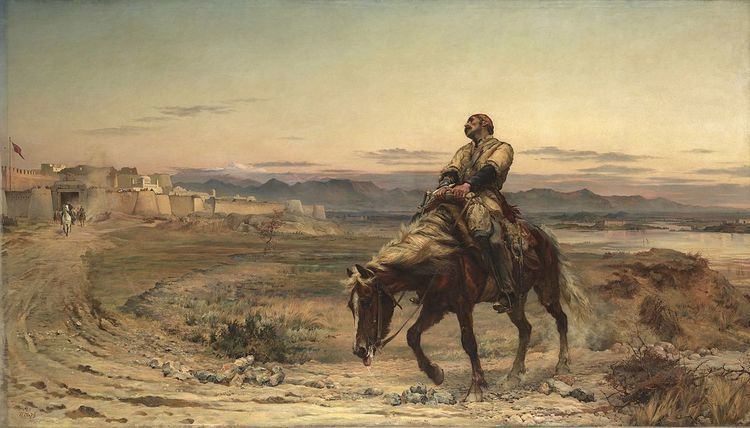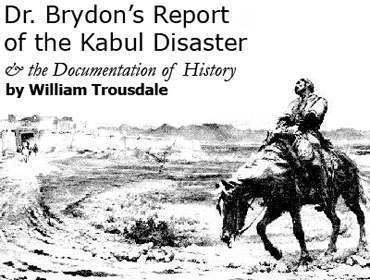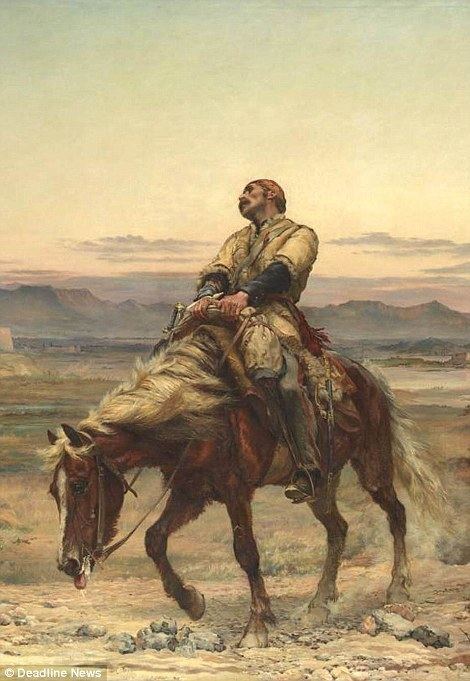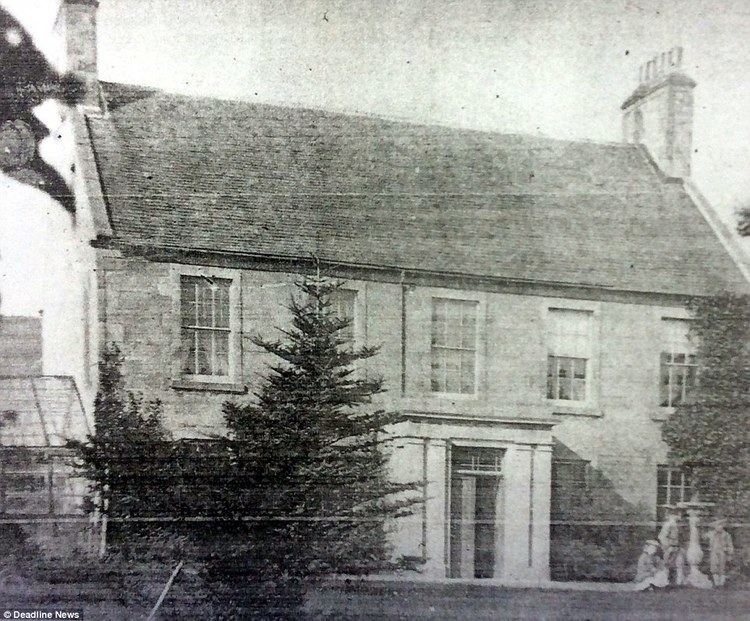Role Surgeon Allegiance United Kingdom Awards Order of the Bath | Rank Assistant Surgeon Name William Brydon | |
 | ||
Born 10 October 1811London ( 1811-10-10 ) Relations Major General Donald Macintyre VC (brother-in-law) Similar People William George Keith Elp, Elizabeth Thompson, William Hay Macnaghten, Wazir Akbar Khan, Dost Mohammad Khan | ||
William brydon
William Brydon CB (10 October 1811 – 20 March 1873) was an assistant surgeon in the British East India Company Army during the First Anglo-Afghan War, famous for reportedly being the only member of an army of 4,500 men, plus 12,000 accompanying civilians, to reach safety in Jalalabad at the end of the long retreat from Kabul.
Contents
- William brydon
- Dr William Brydon and the Massacre of Elphinstones Army
- Early life
- Massacre
- After the massacre
- References

Dr. William Brydon and the Massacre of Elphinstone's Army
Early life

Brydon was born in London of Scottish descent. He studied medicine at University College London and at the University of Edinburgh.
Massacre

The British Army began its retreat from Kabul in January 1842, following the killing of the two British representatives there. The nearest British garrison was in Jalalabad, 90 miles (140 km) away, and the army would need to go through mountain passes with the January snow hindering them.

Under the command of Major-General William George Keith Elphinstone, 4,500 British and Indian soldiers plus 12,000 civilian camp followers including wives and children set out for Jalalabad on 6 January 1842, on the understanding that they had been offered safe passage. Afghan tribesmen intercepted them and proceeded to massacre them during the next seven days.

The final stand took place at Gandamak on the morning of 13 January 1842 in the snow. Twenty officers and forty-five British soldiers, mostly of the 44th Foot, found themselves surrounded on a hillock. The Afghans attempted to persuade the soldiers that they intended them no harm. Then the sniping began, followed by a series of rushes. Captain Souter wrapped the regimental colours around his body and was dragged into captivity with a sergeant named Fair and seven privates. The remainder were shot or cut down.

Surgeon Brydon was one of twelve mounted officers who had become separated from the remnants of the main column before the final stand at Gandamak. This small group had ridden to Futtehabad but half had been killed there while six escaped. All but Brydon were killed, one by one, further along the road as their horses became exhausted. On the afternoon of 13 January 1842 the British troops in Jalalabad, watching for their comrades of the Kabul garrison, saw a single figure ride up to the town walls. It was Dr Brydon. Part of his skull had been sheared off by an Afghan sword and he survived only because he had stuffed a copy of Blackwood's Magazine into his hat to fight the intense cold weather. The magazine took most of the blow, saving the doctor's life.
Brydon became widely, if inaccurately, known as being the only survivor of the entire army. In fact, he was not the only European to survive the retreat; about 115 British officers, soldiers, wives and children were captured or taken as hostages and survived to be subsequently released. These included Sir Robert Sale's wife Lady Sale, though not Elphinstone who died in captivity. Nor was Brydon the only European to survive the trek from Kabul to Jalalabad without spending time in captivity; by Brydon's own account a "Greek merchant", a Mr Baness, also made it to Jalalabad, arriving two days after Brydon but surviving for only one day. In addition a small number of Indian sepoys reached Jalabad on foot over the subsequent weeks. One sepoy, havildar Sita Ram, escaped from Afghanistan after 21 months of slavery and rejoined his former regiment at Delhi. Some sepoys and camp followers were eventually found in Kabul and brought back to India by General Pottinger's army following their occupation of Kabul.
The episode was made the subject of a famous painting by the Victorian artist Lady Butler, who portrayed Brydon approaching the gates of the Jalalabad fort perched on his exhausted horse (which reportedly dropped dead upon arrival in the city). The painting is titled Remnants of an Army.
After the massacre
Brydon fought in the Second Anglo-Burmese War of 1852, when Rangoon was taken.
In the Sepoy Rebellion of 1857, Brydon was a surgeon of the Bengal Army at Lucknow and, along with his wife and children, survived his second siege, that of the Lucknow residency (June – November 1857), in which he was badly wounded in the thigh. He was appointed a Companion of the Order of the Bath (CB) in November 1858. His wife, Colina Maxwell Brydon, published a memoir of the siege.
Brydon died at his home Westfield near Nigg in Ross-shire on 20 March 1873, and is buried in Rosemarkie churchyard alongside his brother-in-law Donald MacIntyre VC.
